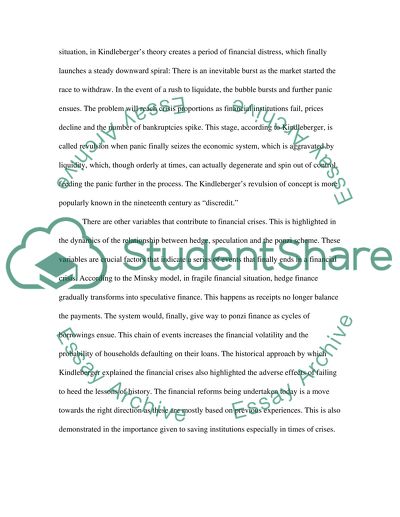Money & Banking - economics 321 Coursework Example | Topics and Well Written Essays - 500 words. Retrieved from https://studentshare.org/finance-accounting/1589619-money-banking-economics-321
Money & Banking - Economics 321 Coursework Example | Topics and Well Written Essays - 500 Words. https://studentshare.org/finance-accounting/1589619-money-banking-economics-321.


